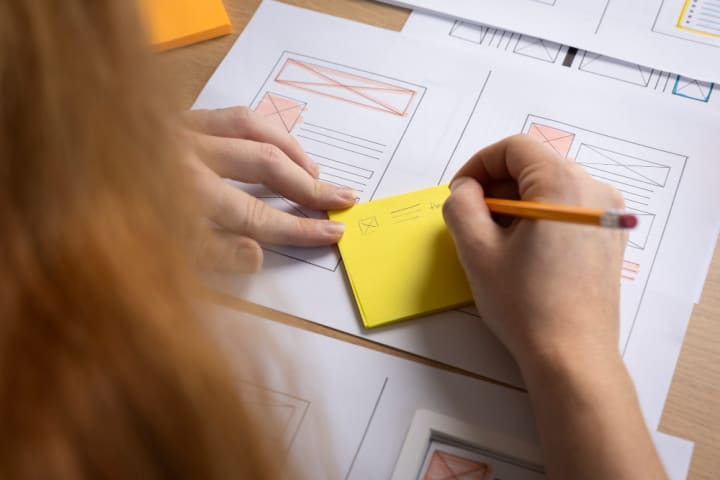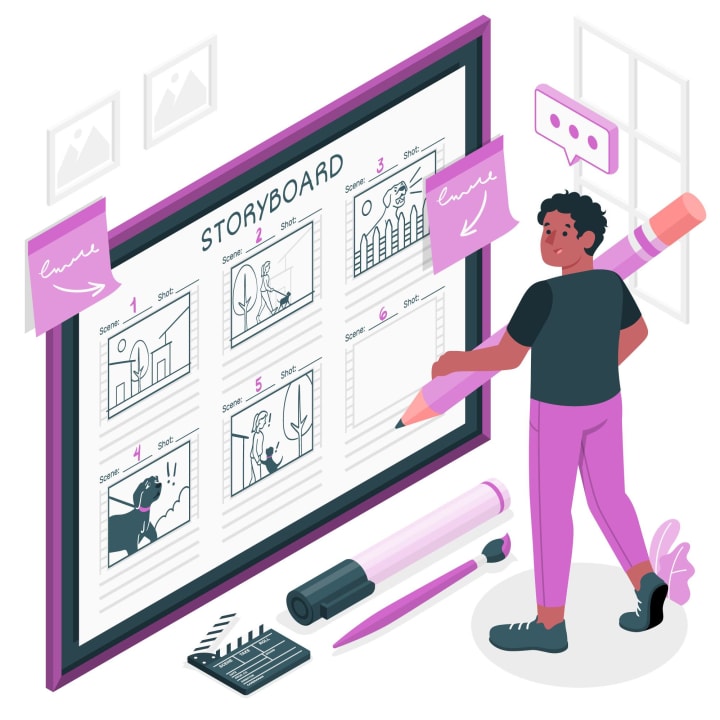Instructional Design Tips for eLearning Developers
Instructional design

In the digital age, eLearning has become an essential mode of education, offering flexibility and accessibility that traditional classroom settings often cannot. At the heart of successful eLearning programs lies instructional design—a meticulous process of creating educational experiences that make learning effective, engaging, and efficient. This article explores the principles, processes, and best practices of instructional design in eLearning.

Understanding Instructional Design
Instructional design (ID) is the systematic development of instructional specifications using learning and instructional theory to ensure the quality of education. It involves creating instructional materials and experiences in a consistent and reliable fashion to help facilitate learning most effectively.
Key Principles of Instructional Design
Learner-Centered: The primary focus is on the needs, skills, and experiences of learners. Instructional design tailors the educational content to ensure it is relevant and accessible to the target audience.
Goal-Oriented: Instructional design begins with clear learning objectives and goals. These guide the development process and ensure that all instructional activities and materials align with the intended outcomes.
Systematic Process: Effective instructional design follows a structured approach, often represented by models such as ADDIE (Analysis, Design, Development, Implementation, and Evaluation) or SAM (Successive Approximation Model).
Evidence-Based: The design process is grounded in research and theory from educational psychology and learning sciences, ensuring that the methods and strategies used are effective in promoting learning.
The Instructional Design Process
Analysis:
Needs Assessment: Identify the learning needs and gaps of the target audience.
Learner Analysis: Understand the characteristics, prior knowledge, and learning preferences of the learners.
Context Analysis: Consider the environment in which the learning will take place and the resources available.
Design:
Learning Objectives: Define clear, measurable learning objectives that guide the development of content and assessments.
Instructional Strategies: Choose appropriate instructional methods (e.g., storytelling, problem-based learning, simulations) that align with the objectives and learner needs.
Content Sequencing: Organize the content logically and progressively to build on learners' existing knowledge.
Development:
Material Creation: Develop instructional materials such as texts, videos, interactive activities, and assessments.
Prototyping: Create a prototype or sample of the eLearning course to test design concepts and receive feedback.
Implementation:
Delivery: Deploy the eLearning course on the chosen platform (e.g., LMS, mobile app).
Facilitation: Provide support and resources for learners and instructors during the course.
Evaluation:
Formative Evaluation: Conduct ongoing assessments during the design and development phases to refine the course.
Summative Evaluation: Evaluate the effectiveness of the course after implementation using learner feedback, performance data, and assessment results.

Best Practices in Instructional Design for eLearning
Engagement and Interactivity: Incorporate interactive elements such as quizzes, discussions, simulations, and gamification to keep learners engaged.
Multimedia Utilization: Use a mix of multimedia elements like videos, audio, animations, and infographics to cater to different learning styles and enhance understanding.
Scaffolding and Support: Provide scaffolding through guided practice, feedback, and resources to support learners as they progress through the course.
Accessibility and Inclusivity: Ensure that the eLearning materials are accessible to all learners, including those with disabilities. Use universal design principles and provide alternative formats where necessary.
Continuous Improvement: Use data and feedback to continuously improve the course. Regular updates and iterations based on learner feedback and technological advancements are crucial.
Challenges and Future Trends
Despite its advantages, instructional design in eLearning faces several challenges, including:
Technology Integration: Keeping up with rapid technological changes and integrating new tools effectively.
Learner Engagement: Maintaining high levels of engagement in a virtual environment.
Scalability: Designing courses that can be easily scaled to accommodate larger numbers of learners.
Future trends in instructional design for eLearning include:
Artificial Intelligence (AI): AI can provide personalized learning experiences by adapting content and assessments to individual learner needs.
Virtual and Augmented Reality (VR/AR): These technologies offer immersive learning experiences, particularly useful in fields like medicine and engineering.
Microlearning: Short, focused learning modules that cater to the fast-paced lifestyles of modern learners.

Conclusion
Instructional design in eLearning is a dynamic and evolving field that plays a critical role in the success of digital education. By adhering to sound principles and systematic processes, instructional designers can create impactful and engaging learning experiences that meet the diverse needs of today's learners. As technology continues to advance, the potential for innovative and effective instructional design in eLearning will only grow, promising a future of more accessible and personalized education for all.
About the Creator
Enjoyed the story? Support the Creator.
Subscribe for free to receive all their stories in your feed. You could also pledge your support or give them a one-off tip, letting them know you appreciate their work.





Comments
There are no comments for this story
Be the first to respond and start the conversation.